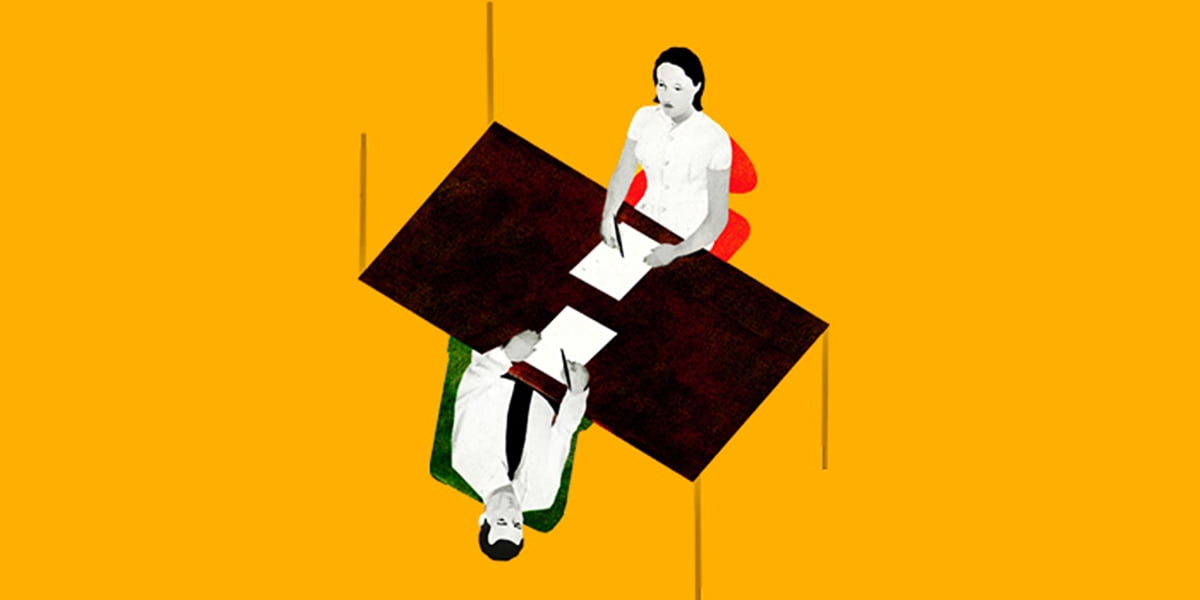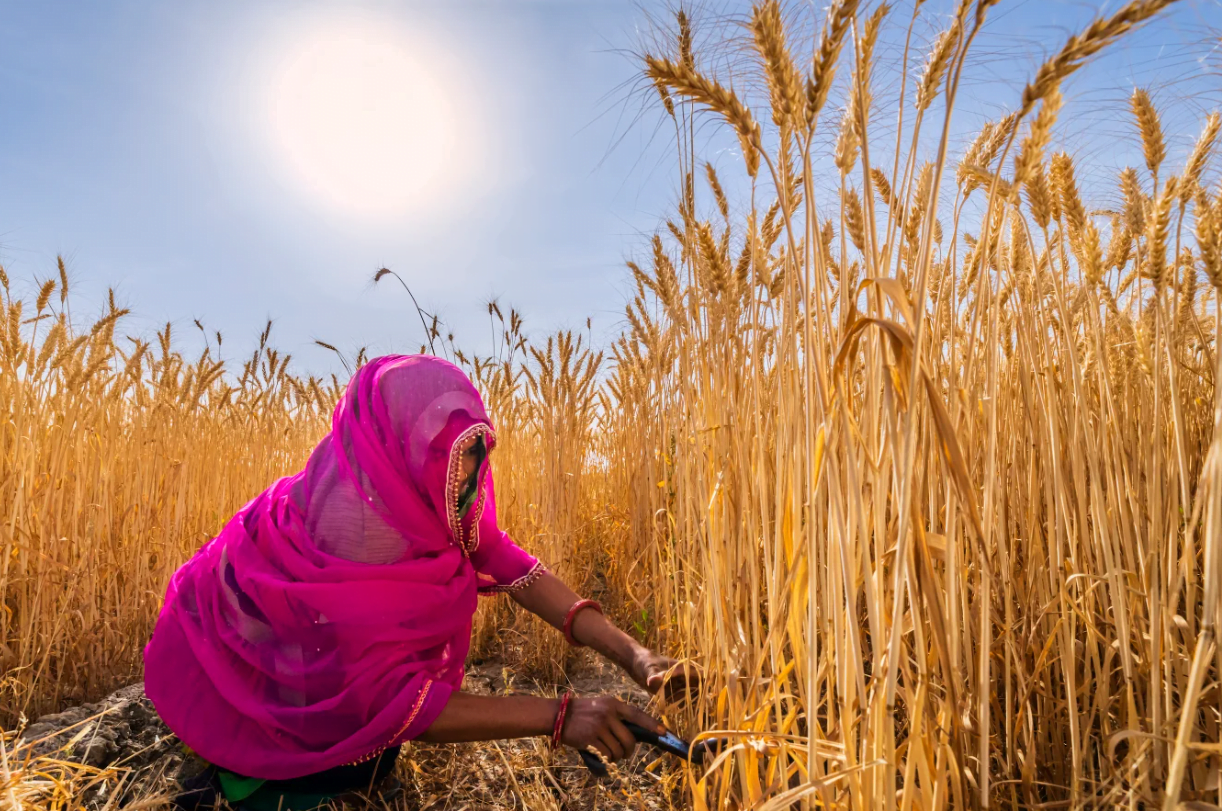When the government declared a lockdown owing to the Covid-19 pandemic, a lot of people, especially in the academia, got hold of some precious spare time. No wonder, this lead to an escalation in academic research and number of research papers. As control variables, we could look at age, resources, family structure, and the presence of other responsibilities in order to establish a decline or an escalation in the production of academic research papers.
However, studies point out that these control variables are not the reason why there is a decline. Interestingly, this development leans towards the prolificity of one gender.
With new evidence emerging, editors of journals have said that they are now observing “unusual, gendered patterns in submissions”. A research fellow for astrophysics at Monash University analysed the number of submissions for the astrophysics journals from January to April, 2020 to previous years and concluded that there was approximately fifty percent productivity loss when it came to women.
Why is research something that has suddenly become an affair that is segregated along the lines of gender? Is it because the share of responsibilities that women have at home has suddenly increased?
Why is research something that has suddenly become an affair that is segregated along the lines of gender? Is it because the share of responsibilities that women have at home has suddenly increased?
Also read: COVID-19: How Are Health Emergencies Gendered Phenomena?
The Power Dynamics That Exists In The Society
The responses in this study included those by women revealing how they were barely being able to cope with childcare as well as their work during the coronavirus lockdown. Editors of academic journals came to the conclusion that women who shoulder a greater share of household or family responsibilities appear to be submitting fewer papers than the ones who do not.
This proves that women in all fields are desperately trying to balance working from home with increased domestic responsibilities. Many women found that they had to balance their work and domestic lives in such a way that it led to barriers in productivity.
To understand why publications by women academics are on the decline we need to also understand the power dynamics that exist in the domestic sphere. This EPW article explores how the social hierarchy of gender is perceived and manoeuvred by individual workers in the home space. The question is, till what extent are people willing to divide the household chores?
The author quotes Hardesty and Bokemeier who indicate that in order to modify the ‘traditional household patterns’ the attitude of men is more important than that of women. They suggest that “men may express liberal-egalitarian attitudes regarding women’s wage work but they also maintain traditional behaviours regarding housework.” These ‘traditional household patterns’ have seen a comeback during this lockdown and this entire situation is basically distorting a playing field that was never even level in the first place.
When it comes to equality in the domestic sphere of life, in many instances, men refuse to acknowledge egalitarian beliefs and continue to hold on to the traditional beliefs where women are supposed to take care of the household. Therefore, in the current scenario, it is these embedded beliefs of people that have set the dominant narrative of these power dynamics.
Research is something that requires headspace and the ability to engage over something for a long time. Dr Hallam, a senior lecturer in psychology at the University of Derby, said that she loves undertaking research, however it has become a “luxury” she can no longer fit into her lockdown schedule because she is homeschooling her children while doing her job as well.
The lockdown has exacerbated these gendered divisions and according to Leslie Gonzales, who is a professor at Michigan State University, this phase “threatens to derail the careers of women in academia.” While evaluating the accomplishments of students or professors during this period, there is going to be equality of opportunity to publish articles on the face of it, however underlying problems such as these are now being calculated and assessed.
This popular narrative of work segregation will not do justice to the equality of opportunity that women have, when this pandemic fizzles out.
Role Of Economic Contribution In A Household
While we reflect on that, it is also necessary to bring to light how economic contribution in a household plays a role in this gendered division of labour. Baxter talks about how a number of research studies have concentrated on the aspect of earnings as a means of measuring power in a household and how control over the allocation of income confers a degree of power on that person– “Men use their greater earning power as a justification for avoiding domestic labour and that women’s economic dependency makes it difficult for them to challenge existing arrangements.”
Even though such arrangements give the women the opportunity to gain economic independence through lucrative jobs etc, domestic expectations from them also increase. They regard these expectations as legitimate because it matches their normative standards which have been set by their own socialisation.
Therefore, even though we establish that marital power does play a role in the division of labour at home, we also need to analyse the position of women beyond the scope of marital obligations.
Also read: Coronavirus And The Unpaid Labour Of Women
Juggling between work and their domestic obligations, women are falling behind in academic research and publications and has led to immense productivity loss for them on the academic front. While women struggle with this, male academics are using this extra time that they have on their hands, to increase their productivity and to carry out extensive research.

Conclusion
Juggling between work and their domestic obligations, women are falling behind in academic research and publications and this has led to immense productivity loss for them on the academic front. While women struggle with this, male academics are using this extra time that they have on their hands, to increase their productivity and to carry out extensive research.
For female academics to prove their productivity during the lockdown will also a challenge, since most of them are engaged in familial chores which are ‘non-economic’ activities and therefore being no straightforward way of calculating it.
One key strategy would be to hope for a change in the attitudes of men towards gender roles rather than women. I feel that instead of discouraging women to do less household work, if men took up a significant portion of it, it would be a better and an effective strategy to establish an egalitarian household without the work getting totally negated. Therefore, we need strategies to allow and acknowledge the differences that exist because a crisis such as this should not allow academic growth evaluation systems to take into account such inequalities in labour distribution for women.
Tanvi Bhargava is a third-year BA LLB(Hons.) student from Jindal Global Law School, OP Jindal Global University, Sonipat. She loves to research on questions regarding sexuality and gender and its connection to law and society. She believes that writing is a powerful medium to bring about change in society and that it can go a long way in achieving equality. She can be found on Instagram and LinkedIn.
Featured Image Source: WSJ




